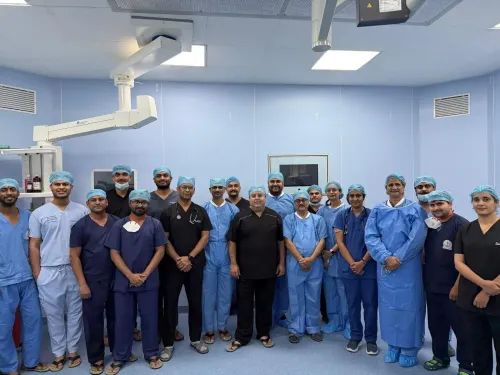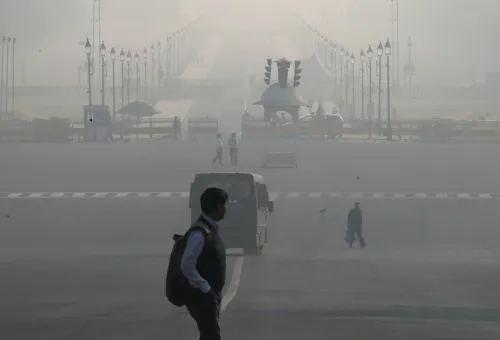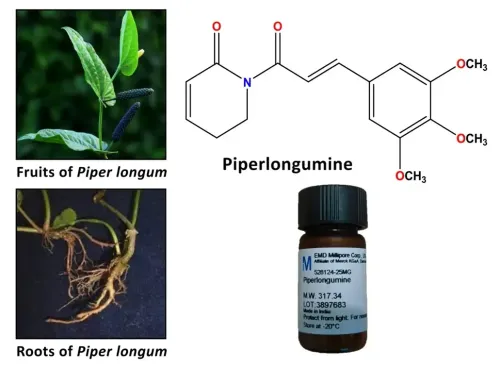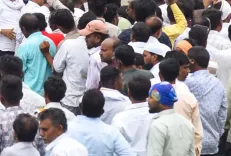Can Integrating Palliative Care into the Public Health System Improve Access?

Synopsis
Key Takeaways
- Integration of palliative care can significantly improve access to healthcare.
- Approximately 7-10 million people in India require palliative care.
- Less than 4% of the population currently has access.
- Rural areas face greater challenges compared to urban regions.
- States like Kerala exhibit better access than others.
New Delhi, Nov 25 (NationPress) A recent study reveals that integrating palliative care into the public health framework can significantly enhance access and improve overall healthcare. Palliative care focuses on alleviating the physical, social, and spiritual distress experienced by patients with chronic, life-limiting illnesses, as well as their caregivers.
The World Health Organization describes palliative care as ‘an approach aimed at improving the quality of life for patients (both adults and children) and their families dealing with life-threatening illnesses’.
The research indicates that approximately 7-10 million individuals in India are in need of palliative care, yet less than 4 percent currently have access to these essential services.
“Given the increasing prevalence of chronic diseases in the nation and the associated suffering, there is an urgent requirement to enhance access to palliative care through the public health system,” stated Parth Sharma from the Department of Community Medicine at Maulana Azad Medical College, New Delhi, in an interview with IANS.
The study, conducted by the Association for Socially Applicable Research (ASAR) in Pune, aimed to evaluate the geographical accessibility of palliative care in India and assess changes in accessibility based on various levels of public health service delivery.
Published in ecancermedicalscience, the findings revealed that by 2022, India had a total of 526 palliative care centers, translating to a density of four centers per 10 million individuals. The highest densities were reported in Lakshadweep, Goa, and Kerala. The median travel time to the nearest palliative care center was 118 minutes, with 23.6 percent, 39.8 percent, and 71 percent of individuals living within 30, 60, and 120 minutes of a center, respectively.
Rural regions exhibited significantly poorer access compared to urban areas, with noticeable disparities across states. While states like Kerala and Chandigarh reported near-universal access, Madhya Pradesh, Odisha, and Bihar had markedly lower coverage.
Importantly, the study highlighted that access to palliative care improved considerably when integrated into all tiers of the healthcare system. The researchers emphasized that enhancing existing public health infrastructure to include palliative care services could significantly improve access, particularly in rural areas.
“Access to palliative care in India remains limited, especially in rural regions. Expanding its integration within the public health system could promote more equitable care throughout the nation,” the researchers concluded.









